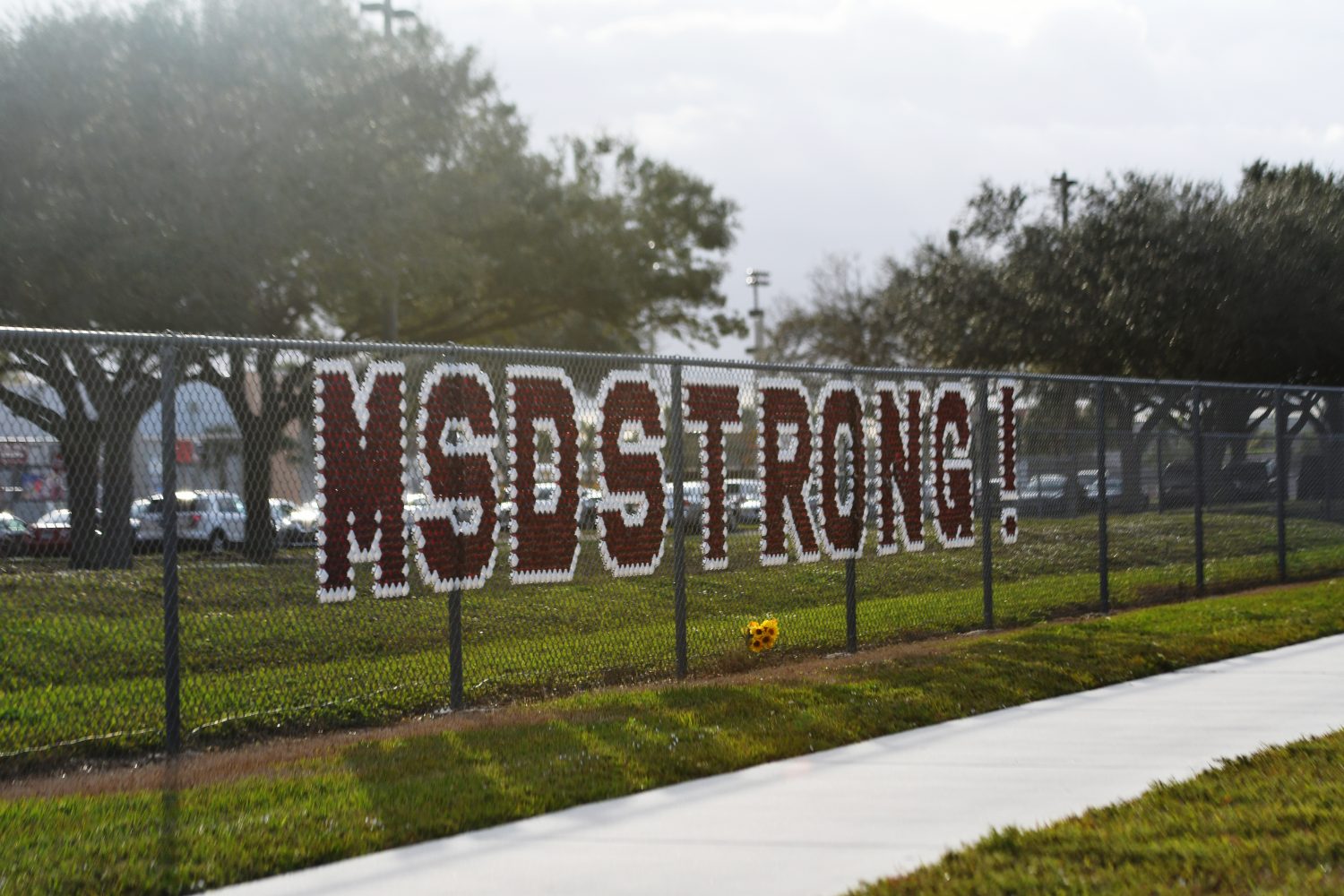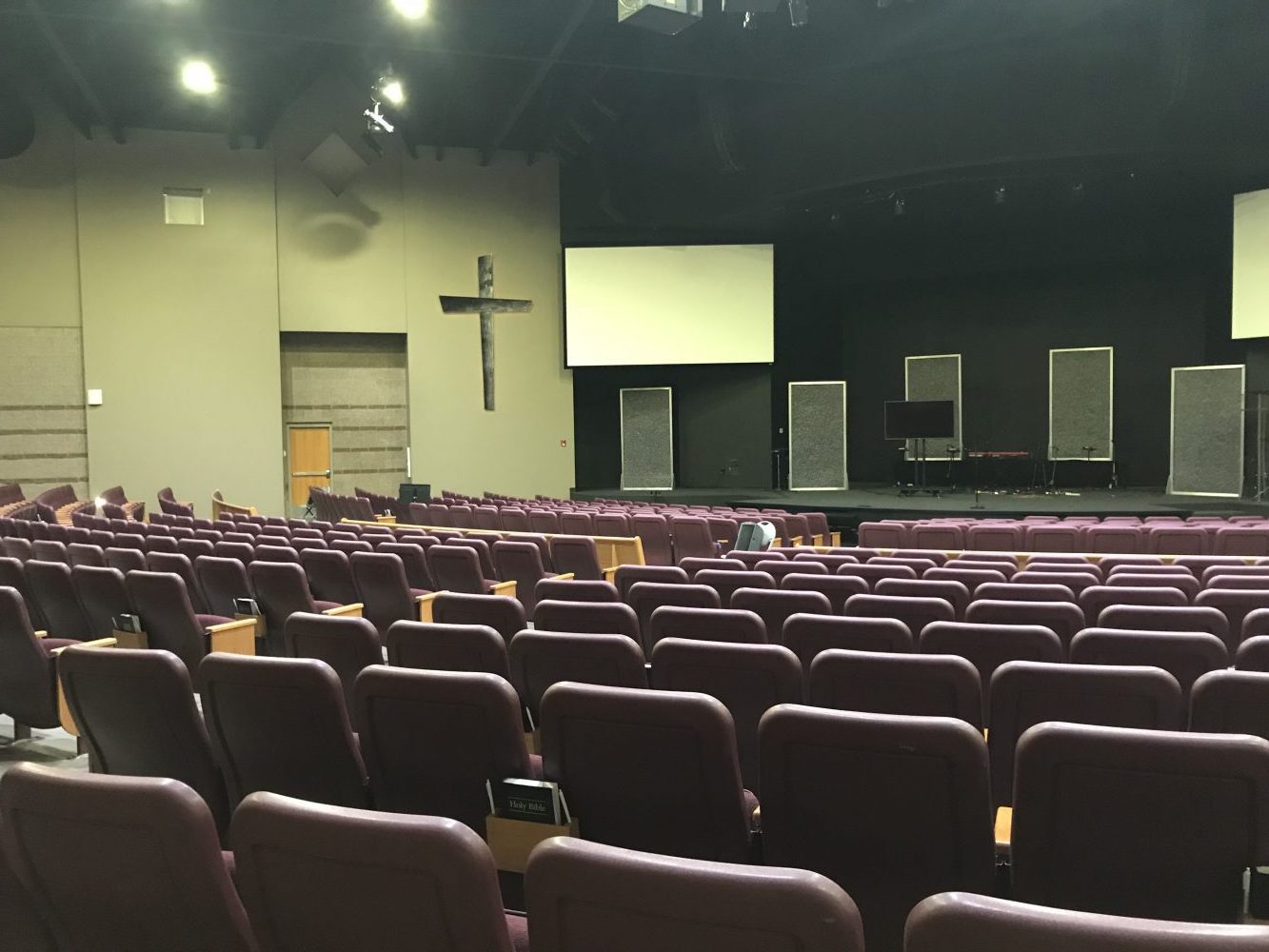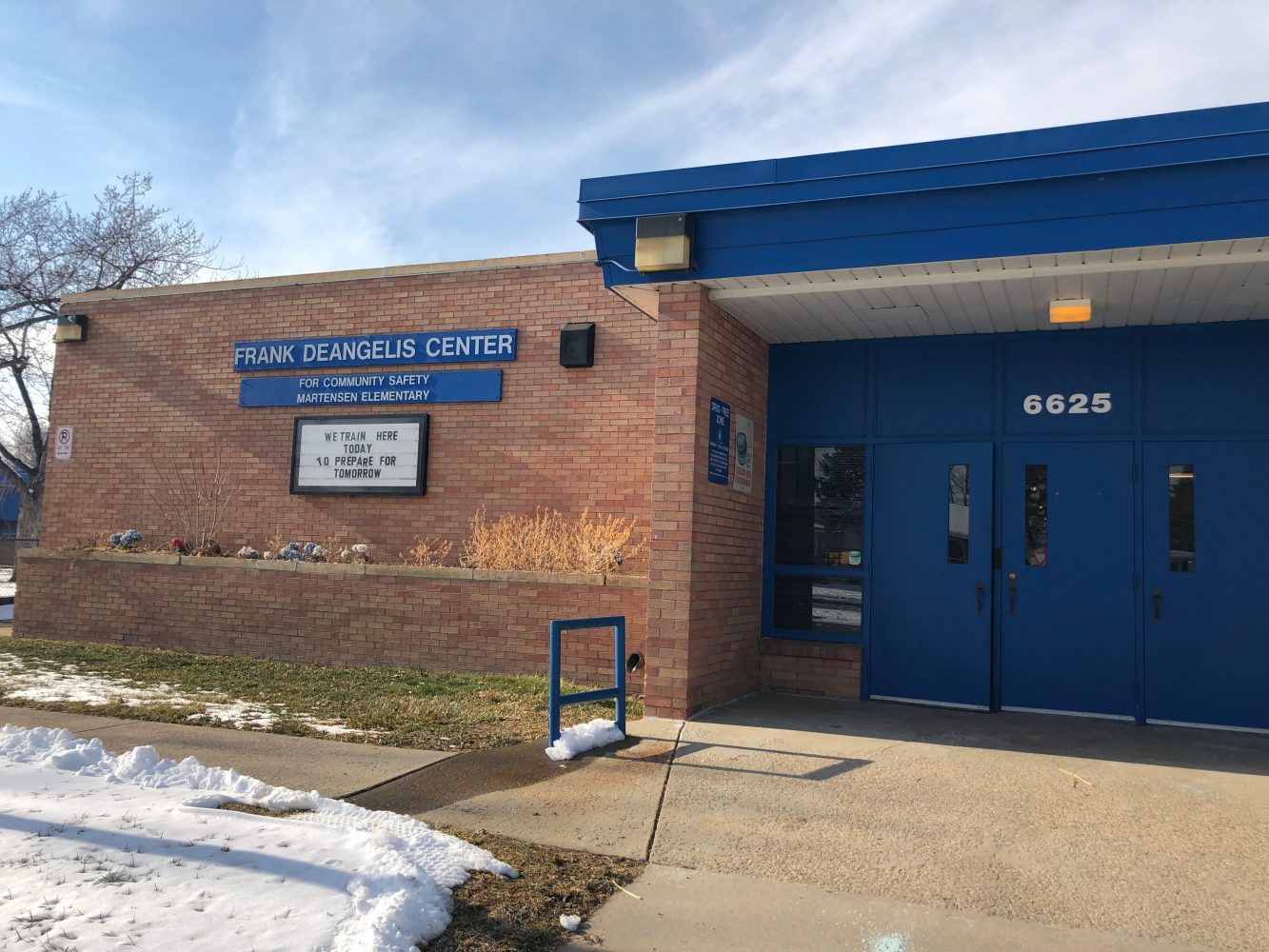The community wouldn’t let the shooting define them but they have embraced being a leader on how to prevent the next school shooting.
By Sky Lebron
The nearly two-decade interim between the Columbine and Parkland shootings brought much change in American society.
Unchanged, though, are the continuing deaths and trauma from school shootings.

The Words
The “MSD Strong” mantra sprung up after the Parkland shooting in 2018. It tied the community together, and spread a clear message — while damaged, survivors and kin will come back stronger.
In 1999, Columbine had a mantra of its own: ‘We are Columbine.’
As in Parkland, the saying was a glue at a time when everything seemed to fall apart.
“We had 145 staff members who really made a commitment to stay until the class of 2002 graduated,” former Columbine High School principal Frank DeAngelis said.
The aftermath of the shooting left the students and faculty without a school to attend. The entire facility was a crime scene. Bullets riddled walls and lockers. The sprinkler system in the cafeteria flooded the dining area with inches of water. Exploded pipe bombs left heavy damage.
The Promises
Students and teachers spent the rest of the year at a nearby high school.
“Every staff member had a chance, if they decided to come back to Columbine, that the district would find a place for them to teach,” DeAngelis said.
Many stayed. DeAngelis said the faculty had a desire to stick together and make sure students were OK.
While he initially planned to stay until 2002, that plan quickly changed after a couple more promises.
“We just didn’t rebuild this community to where it needs to be (by 2002),” DeAngelis said. “I said, ‘I’m going to stay until every kid who was in the elementary school graduated.’”
He ended up staying until 2014, ending a 35-year career 15 years after the shooting.
The Faith
Faith was also integral for the community.
Even if a specific church didn’t have shooting victims, many had student survivors in their youth groups or teachers and faculty in their congregation.
Larry Renoe is the lead pastor of Waterstone Community Church in Littleton. He had close to 40 Columbine students in his youth group.
“Twenty years ago, we weren’t nearly — it seems — as informed as we are about trauma, especially for children,” Renoe said. “Initially much of what they needed was to talk to someone about the trauma and the effects of what they’d been through. And then, as well, just being together.”
The year before the shooting, the pastors created a group in which they would meet and talk about the community. At the time of the shooting, there were more than 50 pastors in the group.

ress opinions and frustrations. (Sky Lebron/WUFT News)
The union made for easy networking and mobilization in the time of crisis.
“No one ever thought this would happen in Littleton,” Renoe said. “But the people that were in the places to help were extremely competent and did an amazing job.”
Danielle Reaves, an executive pastor at Waterstone, was pregnant at the time of the shooting. Her husband was the youth pastor.
She gave birth exactly one week after the tragedy. When she was in labor, the doctor asked if she was OK with students staying in the room.
“There was death all-around them and everything was so dark,” Reaves said. “To see the contrast of new life and new birth, it was transformational for them.”
Reaves still talks to former students and lives across the street from two of them.
“I do think a lot of people wrestled with faith,” Reaves said. “I think some, it’s drawn them closer to their faith. I think others, it’s drawn them further apart.”
The Training

The wheels of government turn slowly and often court controversy. Denver-area school officials aren’t waiting around to see what politicians will do.
They’re training to improve their response for future potential shootings.
Northwest of Denver, the Frank DeAngelis Center for Community Safety — named after the former Columbine principal — trains law enforcement for active shooter situations in schools.
“You remember who you’re fighting for and who you’re training for,” said John McDonald, Executive Director for the Department of School Safety in Jefferson County Schools. “You’re training for 86,000 kids in our school district, 86,000 in our state.”
In 2018, the center trained more than 6,500 members of law enforcement, from organizations ranging from local sheriff’s offices to the FBI and U.S. Marshals.
The training continuously improves, too, and the scenarios become all too realistic. New rooms fill with smoke. Smells of gunfire and blood fill the area. Noise machines simulate gun sounds, frightened children and sirens.
The center gives the state a resource to prepare and maybe even prevent another tragedy.
“There’s a lot of frustration when I look around the country and I see school districts that aren’t taking it serious,” McDonald said. “They have that mindset ‘It can’t happen here.’ You don’t get to have that mindset in 2019.”
Up next: U.S. Policy Changes »
 Special Report from WUFT News
Special Report from WUFT News